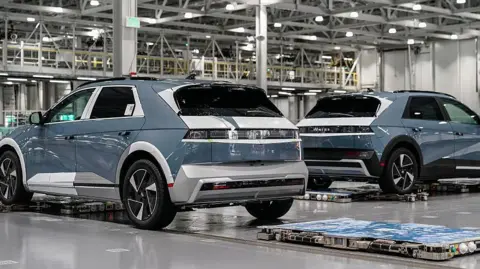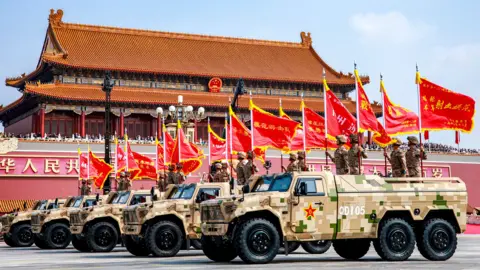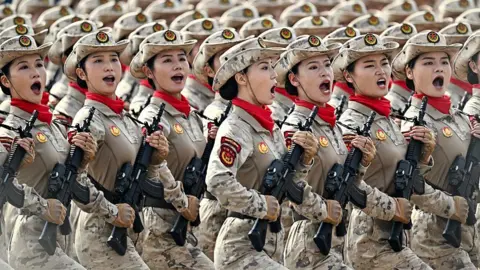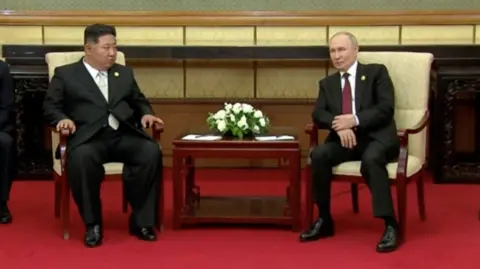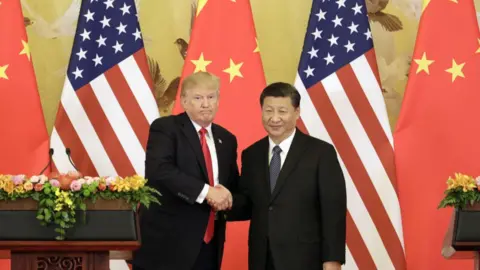China’s economy displayed growth during the spring months, with official reports indicating a steady expansion despite the impact of President Trump’s tariffs. The growth has been largely attributed to substantial investments in infrastructure projects such as high-speed railways, alongside a robust influx of global exports. Anticipating additional tariffs, buyers have also rapidly increased their orders, contributing to an optimistic financial forecast that suggests an annual growth rate of approximately 4.1 percent for the year.
However, the U.S. is currently reflecting on its inflation statistics, revealing that Trump’s tariffs have resulted in significant price hikes, particularly in sectors vulnerable to the tariffs, such as household goods.
In a notable shift, the Trump administration recently reversed its ban on sales of Nvidia’s A.I. chips to China, allowing Chinese tech entities to resume their purchases. This marks a significant change in policy, especially after just three months of restrictions.
On the electric vehicle front, China has announced plans to limit the export of eight essential technologies related to battery manufacturing. This new regulation could create obstacles for Chinese electric vehicle manufacturers aspiring to establish production facilities outside their borders, particularly where the European Union is seeking to entice them.
Amid these developments, Australian Prime Minister Anthony Albanese visited China for discussions with President Xi Jinping, highlighting ongoing efforts to strengthen bilateral relations amid pressure from the United States.
As we observe the evolving dynamics between the two nations, the impacts of tariffs and policy shifts remain significant focal points in global economic discussions.
However, the U.S. is currently reflecting on its inflation statistics, revealing that Trump’s tariffs have resulted in significant price hikes, particularly in sectors vulnerable to the tariffs, such as household goods.
In a notable shift, the Trump administration recently reversed its ban on sales of Nvidia’s A.I. chips to China, allowing Chinese tech entities to resume their purchases. This marks a significant change in policy, especially after just three months of restrictions.
On the electric vehicle front, China has announced plans to limit the export of eight essential technologies related to battery manufacturing. This new regulation could create obstacles for Chinese electric vehicle manufacturers aspiring to establish production facilities outside their borders, particularly where the European Union is seeking to entice them.
Amid these developments, Australian Prime Minister Anthony Albanese visited China for discussions with President Xi Jinping, highlighting ongoing efforts to strengthen bilateral relations amid pressure from the United States.
As we observe the evolving dynamics between the two nations, the impacts of tariffs and policy shifts remain significant focal points in global economic discussions.








